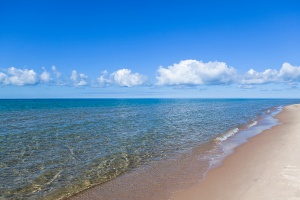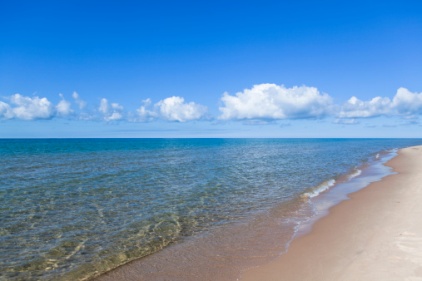 Despite having a short swimming season, the Great Lakes have a significant number of drownings each year, according to the Great Lakes Surf Rescue Project (GLSRP)
Despite having a short swimming season, the Great Lakes have a significant number of drownings each year, according to the Great Lakes Surf Rescue Project (GLSRP)
So far in 2013 there have been 44 drowning deaths; 17 in Lake Michigan, 13 in Lake Erie, 9 in Lake Ontario, 4 in Lake Superior and 1 in Lake Huron.
While swimmers account for many of the fatalities, they also also include boaters, kayakers fishermen and people in a submerged vehicle and a capsized airboat. Drownings in the frigid waters of Lake Superior primarily involved snowmobilers who fell through ice and a scuba diver exploring a shipwreck at Isle Royale National Park.
Overall since 2010, 306 people have drowned in the Great Lakes (74 in 2010; 87 in 2011; and 101 in 2012). (Click here for full list of statistics.)
“The Great Lakes are beautiful, but they can be very dangerous, especially to swimmers,” said Dave Benjamin, executive director of the Great Lakes Surf Rescue Project. “Winds cause waves, waves cause dangerous currents, and the strength of those currents increase with the size of the waves.”
It’s very important for people to know their swimming abilities and adhere when there are red flags flying at the beach. It’s also important to know the Signs of Drowning and the 'Flip, Float, and Follow' Rip Current Survival Strategy."
The GLSRP offers resources to help prevent water-related tragedies:
1
GLSRP Water Safety Illustrations
GLSRP Drowning Statistics
The Great Lakes Surf Rescue Project, Inc. (GLSRP) is a nonprofit corporation that is a Chapter of the National Drowning Prevention Alliance (NDPA) that tracks drowning statistics, teaches “Water Safety Surf Rescue” classes, and leads the “Third Coast Ocean Force” rip current awareness campaign on the Great Lakes.


